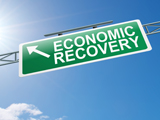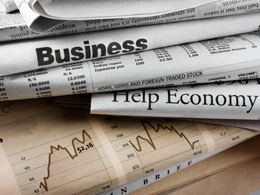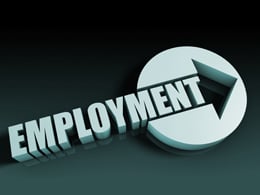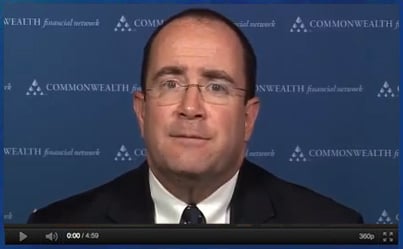We talked the other day about the power of compounding and how it can be used to help determine whether trends are sustainable. The idea is that the compounded returns will at some point run into a limit that can’t be surpassed.
It sounds simple, but the idea of limits actually isn’t so clear. In many cases, the real issue isn’t a physical limit, but an economic and technological one.






















